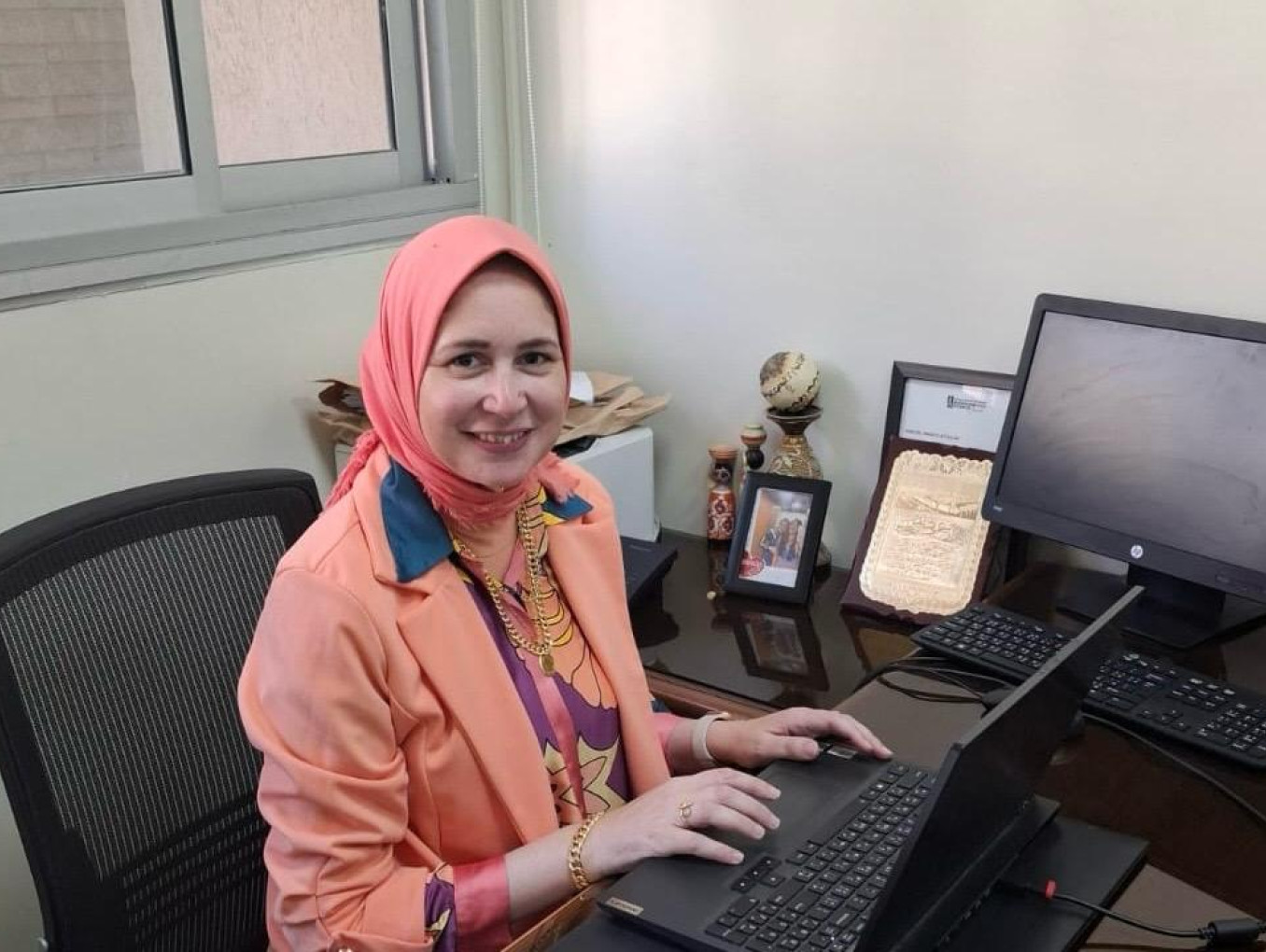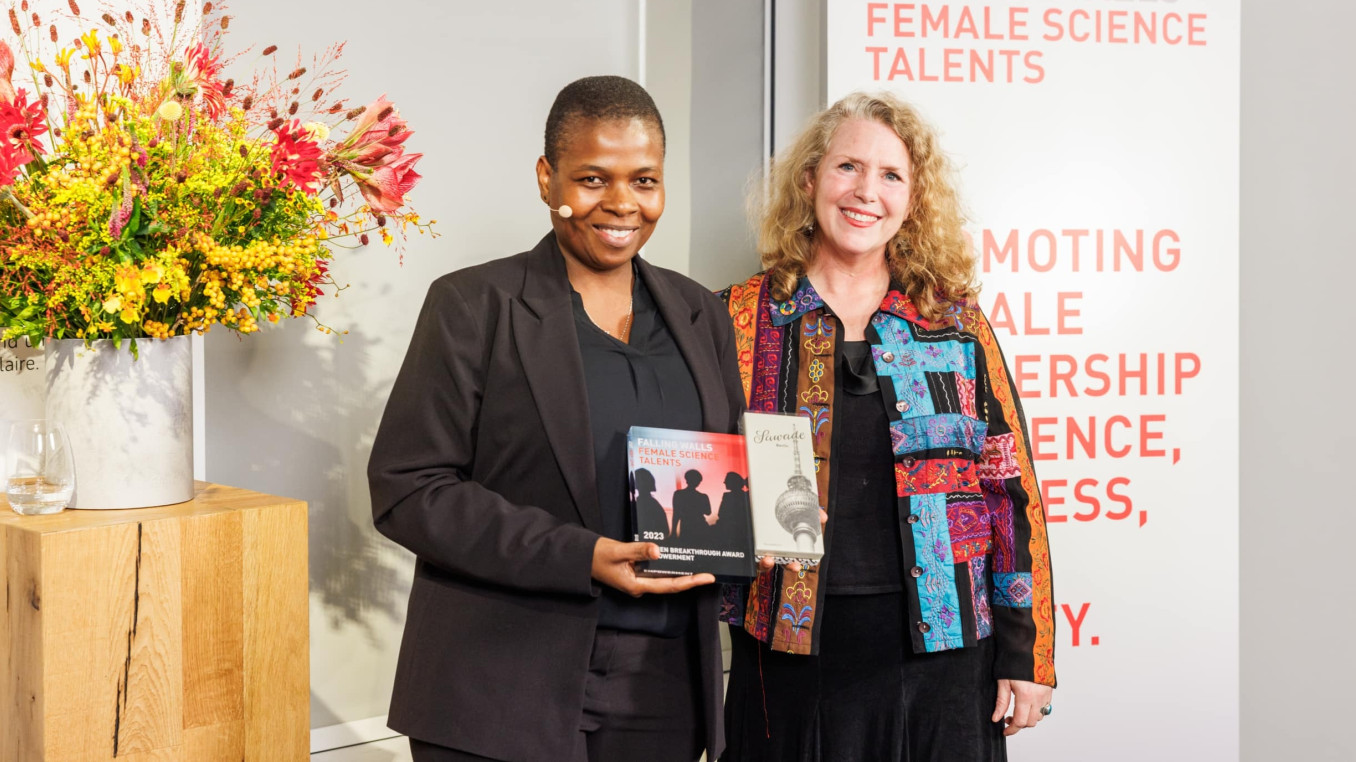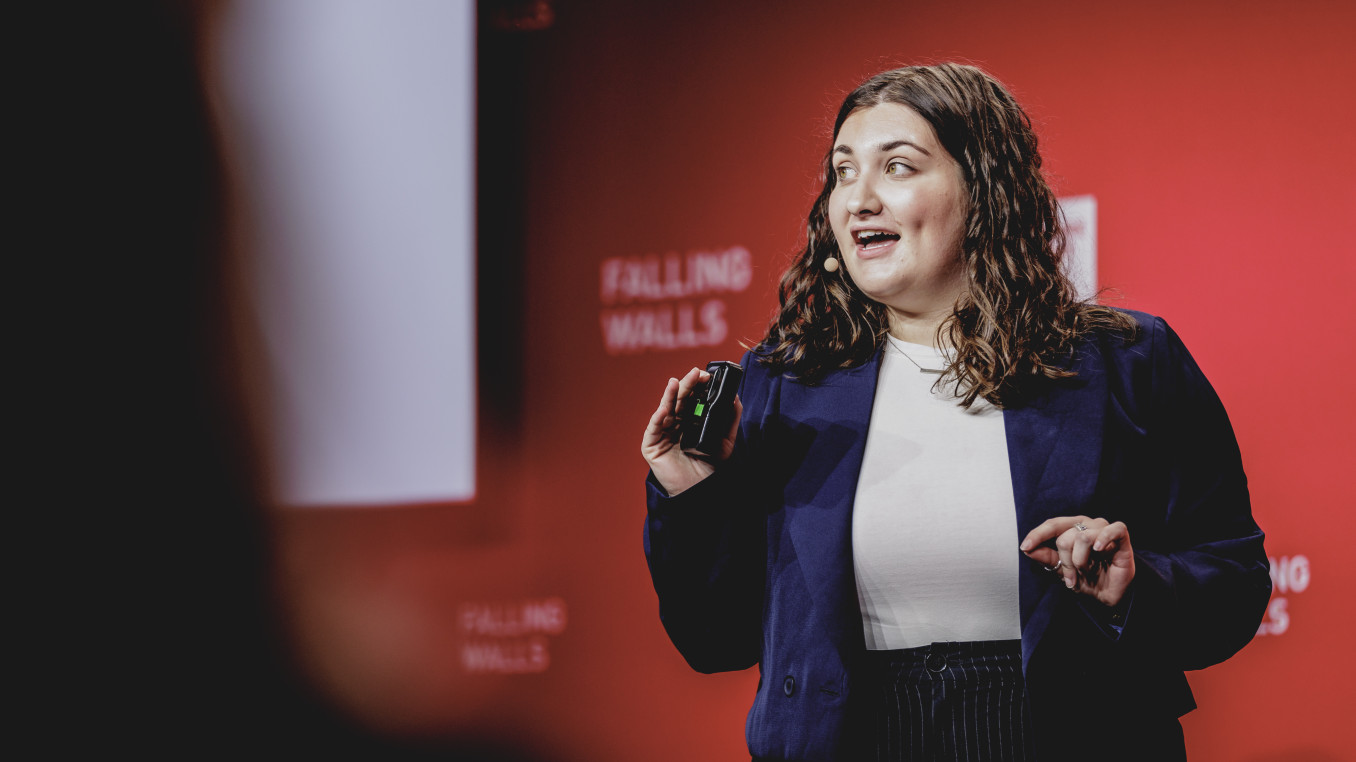Breaking the Wall of Painful Breast Cancer Checks with AI
Breaking the Wall of Painful Breast Cancer Checks with AI
Interview with Women's Impact Award Winner 2025 Omneya Attallah
Omneya Attallah is a Professor of Biosignal Processing and Artificial Intelligence in Medicine and Healthcare at the Arab Academy for Science, Technology and Maritime Transport (AASTMT) in Egypt. She is a founding member of the WeBios Lab, where her research focuses on developing intelligent systems for medical diagnosis and prognosis, long-term patient monitoring, assistive technologies and stress management. She has been recognised among the top 2% of the world’s most influential scientists by the Stanford/Elsevier database (2022–2024) and ranked in the top 0.05% of global scholars according to the 2024 ScholarGPS rankings. Her awards include the Bioinformatics Sciences Award, the Best Presented Paper Award at the ICICM conference and travel awards from IEEE and AWC. She has contributed to numerous nationally and internationally-funded research projects. Omneya serves as Editor-in-Chief of the Journal of Computational Intelligence in Biomedicine and holds editorial roles in several prestigious journals. She is a Senior Member of IEEE and affiliated with several global scientific societies, including ACM and OWSD.
Which wall does your research or project break?
My research is dedicated to breaking the wall of limited access to accurate, affordable and non-invasive diagnostic tools in women’s health. Around the world, many women face delays in diagnosis due to the high cost, invasiveness or limited availability of conventional medical technologies. These barriers not only affect early detection of diseases such as breast cancer but also limit ongoing monitoring and treatment outcomes, particularly in low-resource settings.
The core of my research is to develop computer-aided diagnosis (CAD) systems, assistive technologies, biosensing and biosignal processing solutions that support physicians and clinicians in making faster, more accurate and evidence-based decisions. By leveraging artificial intelligence (AI) and advanced signal and image analysis, CAD systems can enhance diagnostic precision while reducing the subjectivity that often comes with human interpretation.
Another key barrier my research addresses is the reliance on invasive and costly procedures. Through biosensing/imaging technologies combined with biosignal processing and AI, my work seeks to identify non-invasive biomarkers that can detect diseases earlier and more reliably. These tools are designed to be portable, low-cost and scalable, which is essential for bridging the healthcare gap in underserved regions.
Ultimately, my research breaks the wall of inequity in women’s healthcare by creating technologies that empower physicians with better tools, reduce the burden on healthcare systems and ensure women everywhere, regardless of geography or resources, can access timely, life-saving diagnostics. By addressing these barriers, I aim not only to transform clinical practice but also to advance the vision of equitable, accessible and personalised healthcare for women globally.
What is the main goal of your research or project?
The main goal of my research is to advance women’s health and global healthcare equity through innovative, accessible, and intelligent technologies. Despite major advances in medicine, many women continue to face delayed diagnoses, limited access to screening, and inequities in treatment outcomes, particularly for conditions such as breast cancer. My work aims to close this gap by developing computer-aided diagnosis (CAD) systems, assistive technologies, biosensing tools, and AI-driven biosignal processing methods that provide timely, accurate, and cost-effective care.
At its core, my research seeks to design diagnostic systems that augment the expertise of physicians rather than replace them, delivering precise insights that reduce subjectivity and support early intervention. By leveraging AI-based image/signal analysis, these systems improve disease detection and enhance patient outcomes. A central focus is the creation of non-invasive, low-cost, and portable diagnostic platforms capable of identifying unique disease biomarkers. These solutions are designed with scalability in mind to reach underserved and resource-limited communities, ensuring that advanced technologies are not confined to well-resourced hospitals.
Another ambition of my research is to integrate emerging tools such as medical imaging, biosensing, and wearable technologies to detect disease at earlier stages, when treatment is more effective and affordable. This work not only improves diagnostic accuracy but also optimizes healthcare resources in settings where infrastructure and medical expertise are scarce.
Beyond the technical goals, my broader vision is to drive sustainable impact in healthcare equity. Millions worldwide, particularly women, children and vulnerable populations, still lack timely access to quality care. My research aims to empower clinicians with tools that transform healthcare from reactive to predictive, preventative and personalized.
Finally, I am committed to inspiring the next generation of researchers, especially young women, to harness AI for meaningful societal change, ensuring that innovation serves humanity's most critical needs.
What advice would you give to young scientists or students interested in pursuing a career in research, or to your younger self starting in science?
My advice to young scientists is to be consistent, stay passionate and never lose hope. The path of research is rarely easy. You will encounter challenges, setbacks, and even voices that try to bring you down. But remember, every obstacle is not meant to stop you; it is meant to shape you, strengthen you and prepare you for greater achievements ahead.
Believe in yourself and in the value of your work. Science is not only about knowledge; it is about vision, persistence and courage. Set your goals, keep your eyes firmly on them and take steps—big or small—every single day. Even the smallest progress builds into something extraordinary over time.
There will be rejections. There will be criticism. Do not fear it. These are not signs of failure, but opportunities to grow. Use them as fuel to rise higher, to refine your ideas and to become stronger. Never let the doubts of others define your future.
Above all, stay motivated. True motivation comes from within by remembering why your work matters, who it serves and the difference it can make in the world. Dare to be different. Dare to innovate. And never be afraid to dream bigger than others think possible.
What inspired you to be in the profession you are today?
From a young age, I was driven by a passion for exploration and discovery. Over time, this evolved into a vision of using science and technology to improve healthcare, developing solutions that make a real difference for patients and physicians. Equally, I am motivated by the dream of inspiring the next generation, especially young girls, by demonstrating that research can foster both innovation and hope for the future.
What impact does your research or project have on society?
My research bridges science, technology and healthcare to improve the accuracy, efficiency and accessibility of medical services through AI-driven CAD systems, assistive technologies, biosignal processing and biosensing tools. By enhancing early diagnosis and supporting physicians, these innovations help reduce health disparities and make quality care more inclusive and equitable, especially in underserved regions.
What is one surprising fact about your research or project that people might not know?
A surprising fact about my research is that it transforms real challenges I’ve seen in underserved healthcare systems into AI-driven solutions that empower early detection and improve access for those most in need.
What’s the most exciting moment you've experienced over the course of your research or project?
One of the most exciting moments in my research journey was seeing medical professionals, who once hesitated to use AI and emerging technologies, now embracing them and seeking collaboration. Witnessing this shift from doubt to enthusiasm has been deeply moving and reminds me why I never gave up on my vision to improve healthcare.


